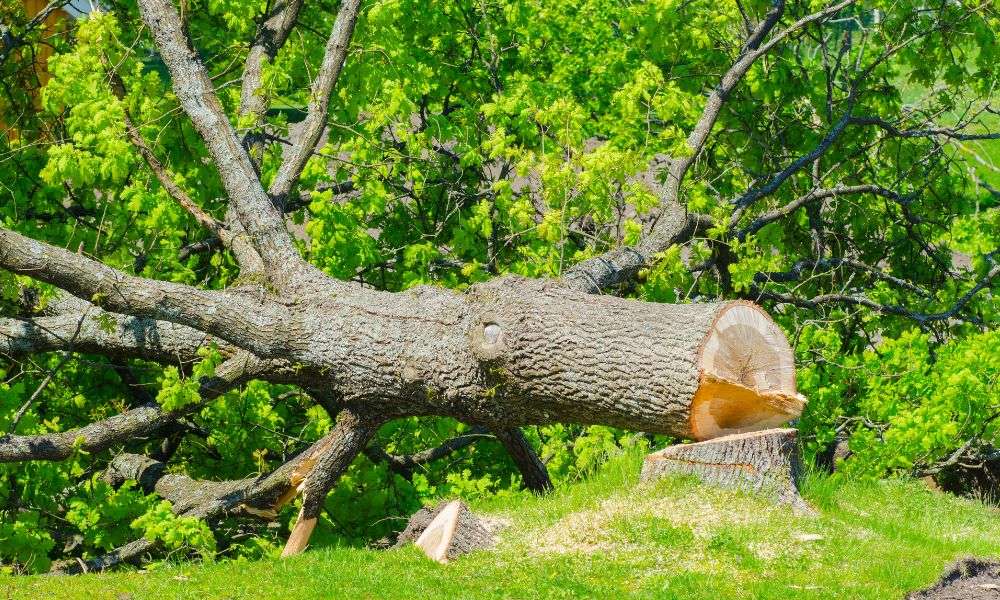The Complete Guide to Professional Tree Services
Trees are invaluable assets to any property, providing shade, beauty, and environmental benefits. However, maintaining them requires expertise and specialized equipment, especially when it comes to removal, trimming, or general care. Professional tree services offer comprehensive solutions for property owners looking to manage their trees safely and effectively. From routine maintenance to emergency removal, understanding these services can help you make informed decisions about the trees on your property while ensuring their health and longevity.

Common Factors Influencing Tree Removal Costs
The price of removing a tree can vary significantly based on several key factors. Tree size is perhaps the most influential element—larger trees require more labor, equipment, and disposal resources. A 25-foot tree might cost substantially less than a 75-foot specimen. Tree location also plays a crucial role; trees near buildings, power lines, or in difficult-to-access areas present more challenges and increase costs accordingly.
Tree condition matters as well—dead, diseased, or unstable trees may require special handling techniques. The complexity of the job, including whether stump removal is included, affects the final price. Additionally, your geographic location influences pricing due to regional labor costs and local regulations regarding permits and disposal methods.
Essential Safety Tips During Tree Cutting and Removal
Safety should be the foremost consideration in any tree cutting operation. Professional arborists always conduct thorough site assessments before beginning work, identifying potential hazards like nearby structures, power lines, or unstable branches. They establish clear drop zones and communication protocols among team members to prevent accidents.
Proper equipment is non-negotiable—hard hats, eye protection, hearing protection, cut-resistant gloves, and steel-toed boots are standard. Professionals use specialized tools maintained to the highest standards, including properly sharpened chainsaws with functioning safety features. They also employ specialized climbing gear, rigging equipment, and sometimes even cranes for larger projects.
Weather conditions are closely monitored, as wind can drastically alter the direction of falling branches and create unpredictable hazards. Emergency response plans should always be in place before work begins, ensuring quick action if something goes wrong.
Understanding the Process of Professional Tree Removal
Professional tree removal follows a systematic approach that prioritizes safety and efficiency. The process typically begins with a comprehensive assessment where arborists evaluate the tree’s condition, surrounding structures, and access points. This information helps determine the appropriate removal technique and equipment needed.
For standard removals, the process often involves sectional dismantling—removing the tree in controllable pieces from top to bottom. Technicians climb the tree using specialized equipment, cutting branches and sections of the trunk that are then carefully lowered to the ground using ropes and rigging techniques. In some cases where space permits, directional felling may be used instead.
Once the main tree structure is removed, stump grinding or removal follows, though this is sometimes offered as a separate service. The final phase involves thorough cleanup, with wood debris either hauled away, processed into mulch, or cut into firewood depending on client preferences.
How Seasonal Changes Affect Tree Service Availability
Tree service availability fluctuates throughout the year due to seasonal factors. Winter often sees reduced schedules for routine maintenance, although many companies offer emergency services year-round. The dormant season (late fall through winter) is actually ideal for many pruning operations as the tree structure is more visible and disease transmission risks are lower.
Spring brings a surge in demand as property owners identify winter damage and prepare trees for the growing season. This increased demand can lead to longer wait times and potentially higher prices during peak periods. Summer presents its own challenges—intense heat can make work more dangerous for crews, while storms can create emergency situations that disrupt scheduled services.
Fall is typically another busy season as homeowners prepare for winter conditions, addressing potential hazards like weak branches before snow and ice arrive. Planning tree work during off-peak seasons can often result in better availability, more flexible scheduling, and sometimes more competitive pricing.
Environmental Benefits of Proper Tree Maintenance
Regular professional tree maintenance delivers significant environmental advantages beyond mere aesthetics. Well-maintained trees are more efficient carbon sinks, absorbing more CO2 and producing more oxygen than neglected specimens. Proper pruning enhances a tree’s natural form and function, improving its ability to withstand storms and reducing the risk of property damage from falling limbs.
Healthy trees provide essential habitat for local wildlife, from birds and squirrels to beneficial insects. Their root systems prevent soil erosion, particularly on slopes or near waterways, while their canopies reduce stormwater runoff by intercepting rainfall. This natural water management helps filter pollutants and reduces the burden on municipal drainage systems.
Strategic tree placement and maintenance can significantly reduce energy consumption—deciduous trees provide summer shade that reduces cooling costs, while allowing winter sunlight to help warm buildings when leaves have fallen. Property owners who invest in professional tree care contribute not only to their immediate landscape but to broader environmental health and climate resilience efforts.
| Service | Average Cost Range | Factors Affecting Price |
|---|---|---|
| Small Tree Removal (under 30 ft) | $350-$650 | Accessibility, species, condition |
| Medium Tree Removal (30-60 ft) | $650-$1,200 | Location, obstacles, disposal needs |
| Large Tree Removal (60-100 ft) | $1,200-$2,500+ | Equipment required, risk factors |
| Stump Grinding | $100-$400 | Stump diameter, root system, soil type |
| Emergency Tree Services | $250-$500 additional | Urgency, time of day/week, hazards |
| Tree Trimming | $250-$850 | Tree size, trimming complexity, accessibility |
Prices, rates, or cost estimates mentioned in this article are based on the latest available information but may change over time. Independent research is advised before making financial decisions.
Professional tree services represent an investment in both property value and environmental stewardship. From understanding removal costs to recognizing the seasonal nature of availability, informed property owners can make better decisions about tree care. By prioritizing safety, following professional processes, and understanding the environmental impact of proper maintenance, you can ensure that the trees on your property remain assets rather than liabilities for years to come.




